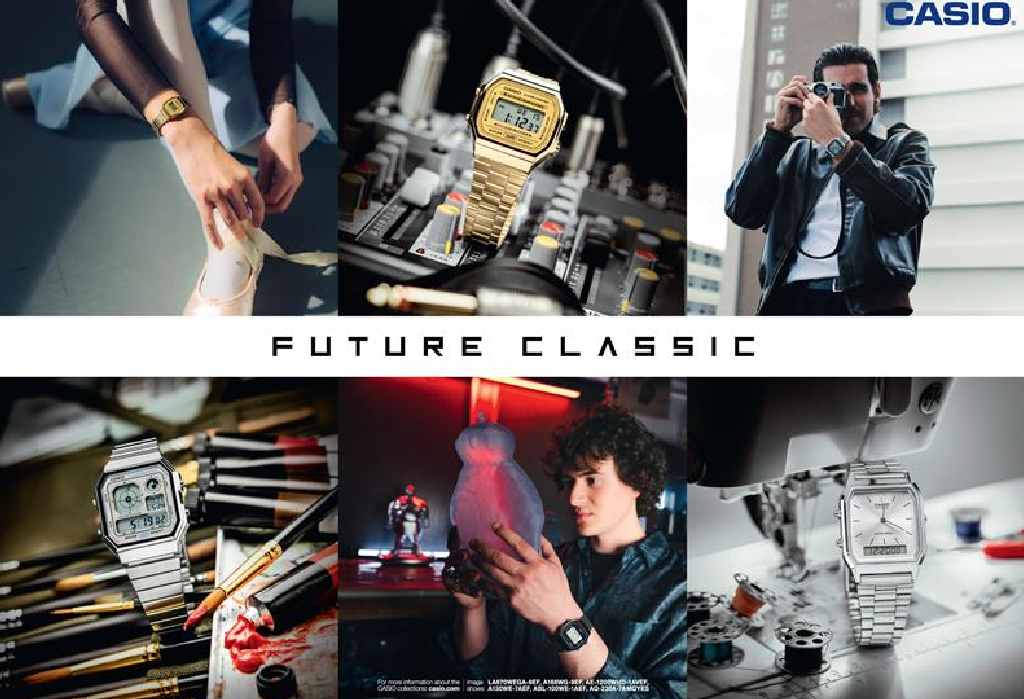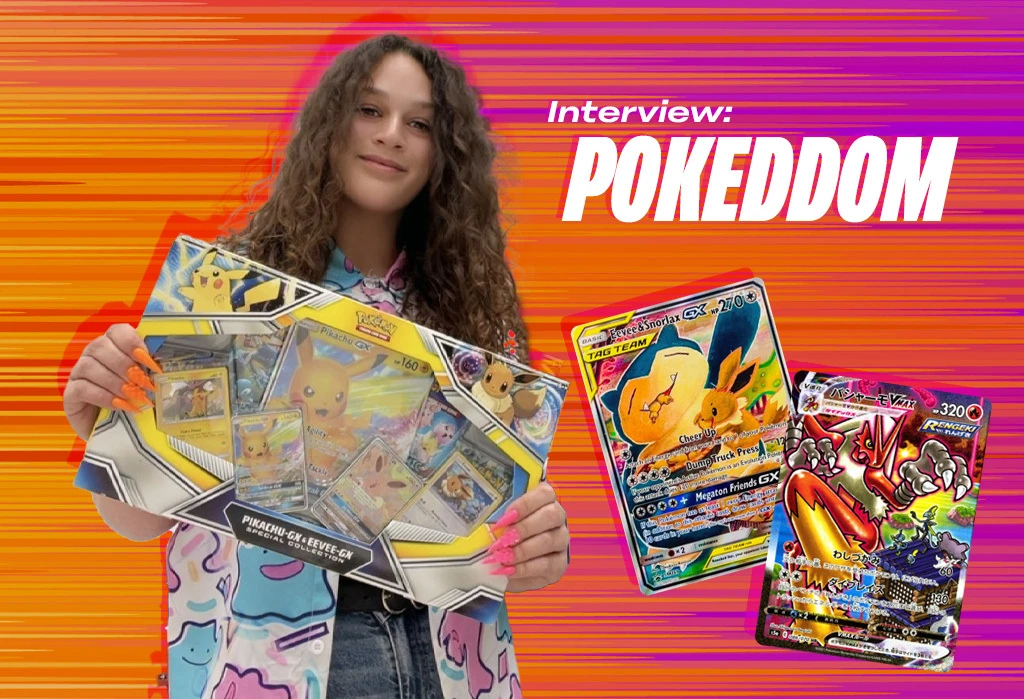[SNKRDUNK Exclusive Interview] Hiroshi Fujiwara and Jeff Staple
Three central themes emerged from the conversation: the rise of new players, the importance of focus, and the changing nature of creative expression.
Words by Charles Basa
Photos by Hidayah Goh
For the au courant, Hiroshi Fujiwara and Jeff Staple need no introduction. Two names that stand at the upper echelon of street culture, two names at the vanguard of a once-nascent global phenomenon. One known as the de facto Godfather of Streetwear, the other for the Nike “Pigeon” Dunk, one of the most treasured sneakers in history.
Despite their accomplishments through fragment design and STAPLE, their underlying secret to success is arguably their shared curiosity. Fujiwara became a “cultural” DJ influenced by his many sojourns in the West, Staple through his role as art director of The FADER in the ‘90s, and his two-year stint studying journalism at New York University.
Friends for almost 30 years, they’re the quintessential trailblazers, tastemakers, and tinkerers. If the street culture landscape is a thriving garden, it’s the two legends that planted the seeds.
The exclusive interview took place at Sneaker Con SEA 2024. Three central themes emerged from the conversation: the rise of new players, the importance of focus, and the changing nature of creative expression.

As difficult a question it seemed at first, when asked about what they see in the evolution of the sneaker industry, Jeff Staple championed New Balance, stating that they “cannot be ignored.” Hiroshi Fujiwara adds, “I heard these new sneaker companies have been growing a lot, maybe everyone is looking for new sneakers to wear, something they have never tried before.”
Staple then expounds that financial dominance isn’t the only metric. Success can be measured in billions, even if it means being a ‘tiny giant’ compared to industry titans.
He explains, “Nike sells US$50 billion a year—five-zero. If Crocs is US$2 billion, between 2 and 50, US$2 billion is still a really freaking big business. So you can be a big business but in footwear, still be a little tiny one compared to Nike, and it’s okay.
“On Running is like US$8 billion, and that’s crazy. But compared to Nike, it’s not even the same as Nike Yoga, probably. Just one division of Nike is bigger. So I think sneaker brands should think like, ‘We don’t have to be number one or number two in the world, we could be number 15 in the world and we’re still going to be like a multi-billion dollar company.’”

The conversation then delves into the future of design leadership. While praising the talent of young designers, Staple laments about their longevity.
He contrasts this with his own career and that of Fujiwara’s, both of whom have remained true to their visions for decades. He attributes this to the plethora of options available to young creatives today, suggesting an inability to commit to one path for the long haul.
“There’s a lot of young designers but I don’t know if they have the longevity or stamina. Not at all because they’re lazy. I’m not saying that. It’s because there’s too many other things to do in the world now.
“We just did one thing. One thing Hiroshi and I have in common is that we’ve never changed our logos in 20 years. Kids today, every two years they want to start a new brand, end it, start a new brand, end it. Start a new thing—they just keep doing other things and next year they’re going to be a DJ, then an influencer, then an athlete.
“They’ll try all different things and that’s what makes younger kids cool now. I don’t think they have the patience to do one thing for 30 years. That doesn’t interest young people anymore.”
![[SNKRDUNK Exclusive Interview] Hiroshi Fujiwara and Jeff Staple](https://snkrdunk.s3.ap-northeast-1.amazonaws.com/en/magazine/wp-content/uploads/2024/04/08090956/SNKRDUNK-Exclusive-Interview-Hiroshi-Fujiwara-and-Jeff-Staple-1.webp)
He throws his support behind Samuel Ross and his A-COLD-WALL* imprint as an example of a contemporary brand demonstrating focus and consistency. He admires the British multi-hyphenate’s dedication to his label, the antithesis of the manic energy of some of his contemporaries.
On the other hand, Fujiwara highlights London-based Corteiz and their “interesting way of marketing.”
“I feel like a really old man when I see Corteiz. Like an old man listening to young music,” Staple confesses. ”[But] I shouldn’t get it. If I got it, it would be bad ‘cause I’m like 50 years old.” Fujiwara embraces this ‘newness’, suggesting it’s a sign of progress.
Staple acknowledges Corteiz’s more “punk rock” energy, while Fujiwara considers Samuel Ross “an industrial designer” coming from a lineage of “real designers.”
The juxtaposition underscores the core message, that the future of the industry and culture is full of possibilities, even if the path to success might look different than it did in the past.

For the latest releases, breaking news, and exclusive interviews, stay tuned to the SNKRDUNK Magazine and @snkrdunk on Instagram. Explore the SNKRDUNK App too, and don’t forget to use our welcome code from the banner below before making your first purchase. Additionally, if you’d like to try a pair out, visit our stores in Singapore and Japan.
More SNKRDUNK Features:
Best of fragment design by Hiroshi Fujiwara
[SNKRDUNK Streetsnaps] ComplexCon Hong Kong 2024
[SNKRDUNK Selects] Best Sneakers To Buy Now (April 2024)
[SNKRDUNK Selects] Best Streetwear, Accessories & Collectibles To Buy Now (April 2024)
Best Anime Sneaker and Streetwear Collabs As Of March 2024


![[SNKRDUNK Exclusive Interview] Hiroshi Fujiwara and Jeff Staple](https://snkrdunk.s3.ap-northeast-1.amazonaws.com/en/magazine/wp-content/uploads/2024/03/11110542/Hiroshi-Fujiwara%E2%80%93Jeff-Staple-Interview.jpg)







![[SNKRDUNK Spotlight] FUTURA LABORATORIES](https://snkrdunk.s3.ap-northeast-1.amazonaws.com/en/magazine/wp-content/uploads/2024/05/05203847/SNKRDUNK-Spotlight-FUTURA-LABORATORIES-150x150.jpg)


![[SNKRDUNK Selects] Basketball Sneakers, Apparel, and Accessories](https://snkrdunk.s3.ap-northeast-1.amazonaws.com/en/magazine/wp-content/uploads/2024/05/21133317/NBAAcessories-150x150.jpg)


![Nike Air Force 1 Low LX “Leaf Camo” [Release Date/Price/Where To Buy]](https://snkrdunk.s3.ap-northeast-1.amazonaws.com/en/magazine/wp-content/uploads/2025/07/18174735/1-50.webp)


![[ONE PIECE Card Game] Orlumbus (Kingdoms of Intrigue [OP-04] OP04-079) [Release Date/Price/Where To Buy]](https://snkrdunk.s3.ap-northeast-1.amazonaws.com/en/magazine/wp-content/uploads/2025/07/18130053/One-Piece-Daily-Feat-IMG-Template-5.webp)
![Salomon XT-6 “Ember” (size? Exclusive) [Release Date/Price/Where To Buy]](https://snkrdunk.s3.ap-northeast-1.amazonaws.com/en/magazine/wp-content/uploads/2025/07/18162109/Salomon-XT-6-Ember-size_-Exclusive-1.webp)
![[ONE PIECE Card Game] Ideo (Kingdoms of Intrigue [OP-04] OP04-077) [Release Date/Price/Where To Buy]](https://snkrdunk.s3.ap-northeast-1.amazonaws.com/en/magazine/wp-content/uploads/2025/07/18115133/One-Piece-Daily-Feat-IMG-Template-3.webp)



